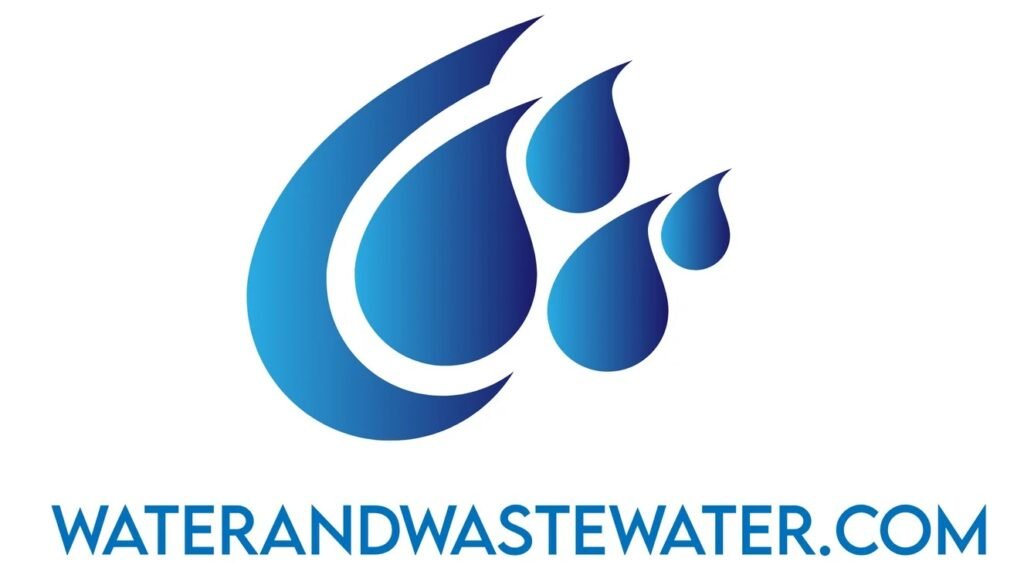PFAS Water Quality
PFAS Water Quality: Understanding the Challenges and Solutions
Introduction
The presence of per- and polyfluoroalkyl substances (PFAS) in drinking water has emerged as one of the most pressing public health issues in recent years. As of July 2025, regulatory frameworks and scientific understanding regarding PFAS have evolved significantly, leading to increased scrutiny of water quality by municipal directors, water treatment operators, and environmental engineers alike. The implications of PFAS contamination are profound, affecting not only individual health but also community well-being, municipal budgets, and environmental sustainability.
This article delves into the complexities surrounding PFAS water quality, dissecting current regulations, technologies available for remediation, and best practices for ensuring safe drinking water. By synthesizing authoritative research and expert insights, this piece seeks to equip readers with the knowledge needed to tackle PFAS-related challenges head-on.
Understanding PFAS: Risks and Sources
What are PFAS?
PFAS are a group of over 4,700 synthetic chemicals known for their resistance to heat, water, and oil. Commonly referred to as "forever chemicals," PFAS do not break down naturally in the environment, leading to their accumulation over time.
Health Impacts
Recent studies have established a connection between PFAS exposure and various health risks, including increased cholesterol levels, immune system effects, and certain cancers. According to the U.S. Environmental Protection Agency (EPA), these substances are linked to adverse health outcomes, particularly in vulnerable populations like pregnant women and children. A 2024 study revealed that exposure to PFAS can affect birth weights and fetal development.
Major Sources of PFAS Contamination
- Industrial Discharges: Manufacturing processes using PFAS chemicals.
- Firefighting Foam: Aqueous film-forming foams (AFFF) widely used at airports and military installations.
- Wastewater Treatment Plants: PFAS can enter the environment through effluent discharge from treatment facilities.
- Landfills: Leaching from non-biodegradable waste.
Regulatory Landscape
Evolving Standards
The regulatory framework for PFAS has undergone significant changes. As of 2025, a more structured approach has been implemented, spearheaded by organizations like the EPA and various state authorities.
- EPA Guidelines: New health advisories and proposed Maximum Contaminant Levels (MCLs) for specific PFAS compounds, such as PFOA and PFOS, are in effect. The proposed MCL for PFOA is set at 0.004 parts per trillion (ppt).
- State-Level Actions: Several states have enacted stricter regulations than the federal guidelines, requiring water systems to conduct regular monitoring and reporting of PFAS levels.
Implications for Water Quality
For water treatment facilities, compliance with emerging regulations necessitates a proactive approach in monitoring and addressing PFAS contamination. Non-compliance could result in legal ramifications and increased public health risks.
Technologies for PFAS Remediation
Conventional Treatment Options
-
Granular Activated Carbon (GAC): A widely adopted method that adsorbs organic compounds, including PFAS. While effective for some compounds, GAC has limitations in removing certain long-chain PFAS.
- Ion Exchange Resins: These resins can be effective in removing PFAS from water, particularly short-chain variants. However, spent resins present disposal challenges due to PFAS concentration.
Advanced Treatment Technologies
Recent advancements have introduced various methods capable of breaking down PFAS more effectively:
-
Reverse Osmosis (RO): This technology forces water through a semi-permeable membrane, effectively removing PFAS. However, disposal of the concentrate remains a challenge.
-
Photolytic and Electrochemical Oxidation: Emerging methods that utilize UV light and electrodes can degrade PFAS compounds into less harmful substances. As per 2025 studies, these technologies show promise but require further optimization.
- Bioremediation: Researchers are exploring the use of microorganisms to degrade PFAS. Although still in experimental stages, this approach holds potential for sustainable remediation.
Case Studies
-
City of Newark, NJ: Faced with elevated PFAS levels, Newark implemented a GAC solution, achieving a reduction of PFAS concentrations below regulatory limits, while also developing a public education campaign on water safety.
- AFFF Contamination Remediation: Military installations are employing advanced oxidation processes, reducing PFAS concentrations significantly in groundwater monitoring wells.
Best Practices for PFAS Management
Regular Monitoring and Reporting
Water providers must establish a comprehensive monitoring strategy to regularly assess PFAS levels in their water supply. Continuous monitoring can help identify potential contamination sources and enable timely remediation.
Community Engagement
Engaging the community in understanding PFAS risks and efforts to remediate affected areas is crucial. Transparent communication fosters trust and encourages public involvement in safeguarding water quality.
Collaboration with Experts
Municipalities should partner with environmental engineers and consultants specializing in PFAS to ensure that both regulatory requirements and technological best practices are being met.
Conclusion
As we advance through 2025, the issue of PFAS water quality remains a complex challenge that necessitates coordinated action among regulators, water utilities, and communities. While regulatory frameworks are tightening, it is equally imperative that municipalities adopt effective treatment technologies and proactive monitoring strategies. By doing so, we can mitigate the potential risks posed by PFAS contamination and ensure the safety and quality of our drinking water.
With a multifaceted approach combining technological innovation, stringent regulatory compliance, and community engagement, we can work towards a future where clean, safe drinking water is a standard—not a luxury. It is incumbent upon all stakeholders to prioritize PFAS mitigation efforts to protect public health and the environment for generations to come.

